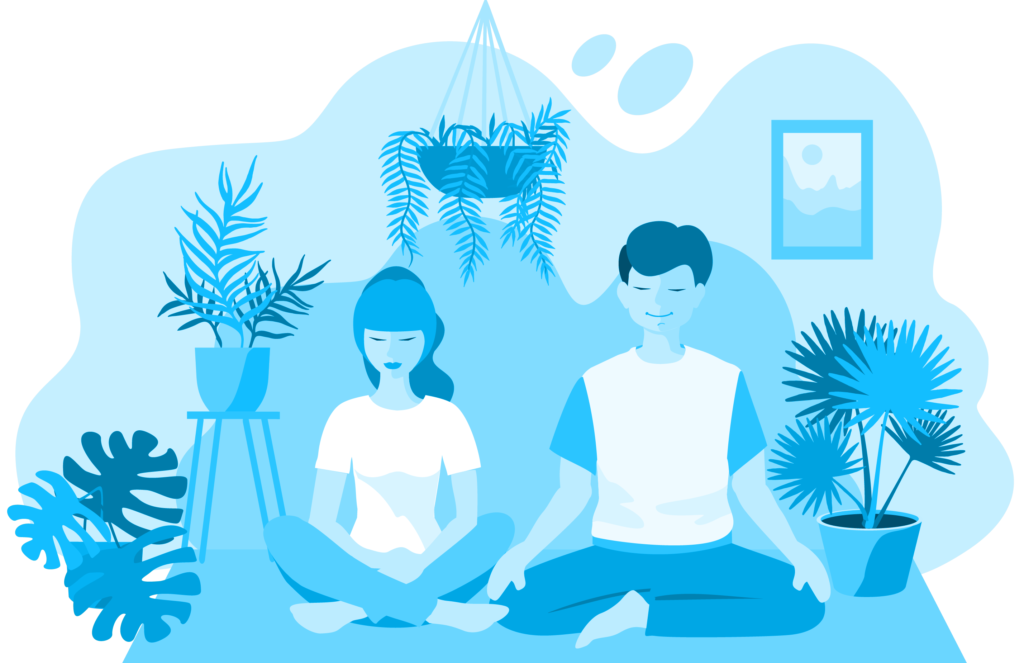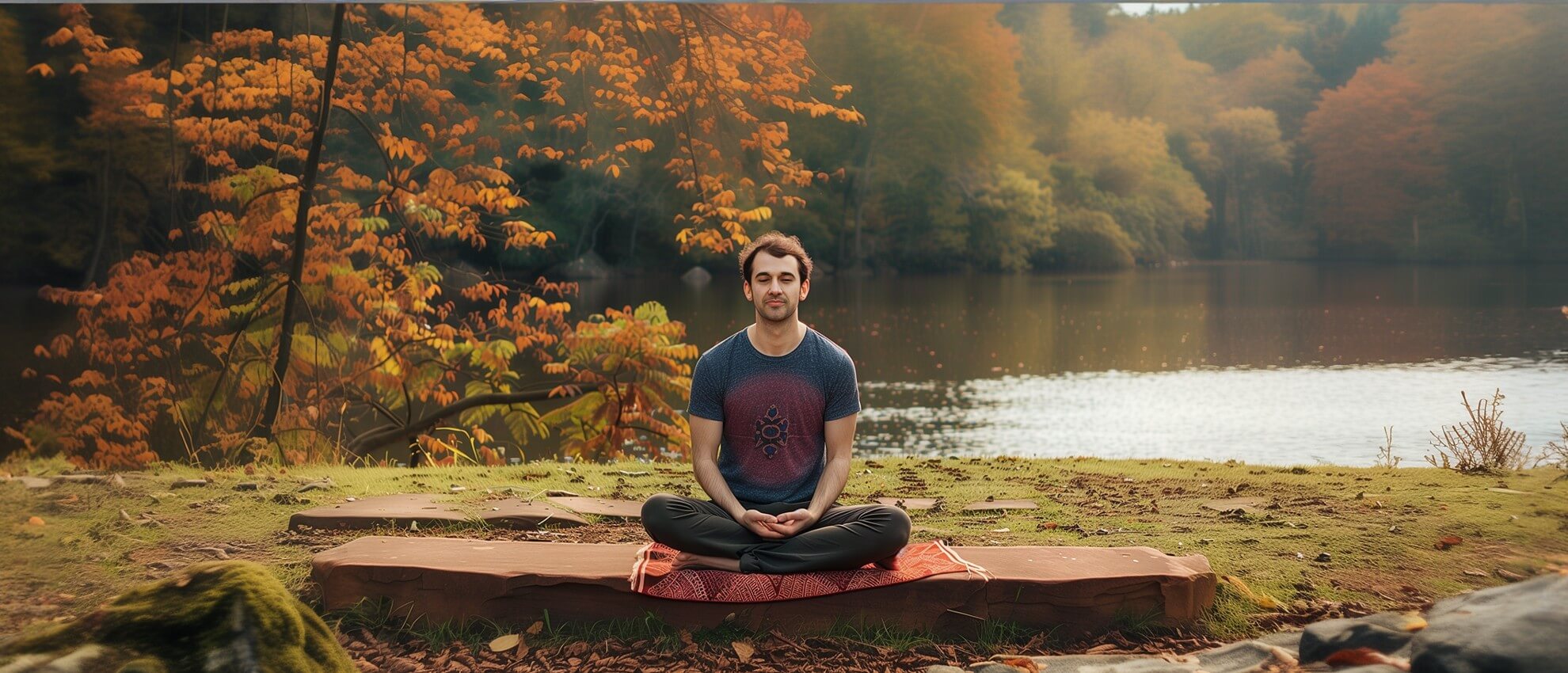Uncover the Advantages of Daily Technique: How to Meditate?
Uncover the Advantages of Daily Technique: How to Meditate?
Blog Article
How to Meditate: A Step-by-Step Method to Achieving Mindfulness and Calm
Reflection offers as an effective tool for achieving mindfulness and psychological calm in a fast-paced globe. By comprehending the fundamental principles and methods included in meditation, individuals can cultivate a technique that enhances their overall well-being.
Comprehending Meditation
Understanding meditation entails realizing its basic concepts and techniques, which function as the structure for the method. At its core, reflection is a psychological exercise focused on promoting relaxation, developing interior energy, and creating concern and insight. The practice motivates individuals to concentrate their interest, often through techniques such as deep breathing, visualization, or mantra repeating.
Reflection can be classified right into various styles, including mindfulness, transcendental, and loving-kindness reflection, each with unique purposes and approaches. Mindfulness meditation emphasizes present-moment awareness and non-judgmental observation of thoughts and sensations, while copyright includes making use of details mantras to go beyond normal idea processes. Loving-kindness meditation concentrates on creating an attitude of love and concern in the direction of oneself and others.
No matter of the method utilized, the primary goal continues to be consistent: to cultivate a much deeper understanding of the mind and its patterns. This self-awareness fosters emotional strength, clarity of idea, and a profound sense of tranquility (How to meditate?). By understanding these strategies and principles, people prepared for a successful reflection technique that can considerably improve their general well-being
Preparing for Your Practice
Before beginning your meditation practice, it is vital to produce an atmosphere helpful to focus and relaxation. Ensure that the area is complimentary and clean of clutter, as a neat setting can aid clear the mind.
Consider the lighting, as natural light can boost your state of mind and energy. Soft, cozy illumination is typically more calming than extreme fluorescent lights. Furthermore, choose a comfortable temperature, making certain that you are neither also hot nor as well cool.
Integrating components that advertise tranquility can further enhance your experience. This could include soft pillows or blankets for convenience, along with soothing scents from vital oils or incense. It can likewise be beneficial to have a timer established for your reflection session to avoid diversions from clock-watching.
Basic Meditation Techniques

An additional effective strategy is body check meditation. This involves mentally checking your body from head to toe, discovering any areas of tension or read the article pain and consciously unwinding those muscular tissues. This practice promotes a much deeper connection in between your mind and body.

Last but not least, loving-kindness reflection concentrates on cultivating concern towards yourself and others. Calmly repeat phrases of goodwill, boosting psychological well-being and interconnectedness. Each of these strategies works as a foundation for your reflection journey, allowing you to locate the approach that resonates best with your individual method.
Preserving Focus and Mindfulness

Developing a committed reflection room can boost the capacity to keep mindfulness. A silent, uncluttered environment minimizes diversions, allowing for much deeper immersion in the practice. Additionally, establishing a time limitation can aid handle assumptions; beginning with much shorter sessions might alleviate the shift into longer practices.
Utilizing strategies such as body scanning or observing experiences can additionally boost mindfulness. These techniques encourage practitioners to remain existing and YOURURL.com engaged with their physicality, anchoring their focus in the minute. Regular practice is important; the brain builds resilience with time, developing a stronger capacity for emphasis.
Incorporating Reflection Into Every Day Life
Integrating meditation right into life can change regular activities into opportunities for mindfulness and self-reflection. By integrating mindfulness practices into typical jobs, people can grow a better feeling of visibility and tranquility amidst the numerous hours of day-to-day life.
Begin by determining moments throughout your day where you can pause and exercise mindfulness. Even ordinary activities like strolling or washing dishes can come to be chances for reflection by guiding your attention to the experiences of activity and the sounds Visit Your URL surrounding you.
In addition, reserving devoted times for reflection can strengthen its method. Start with brief sessions, gradually boosting duration as you end up being extra comfortable. Usage reminders or hints-- like a particular time of day or a soothing sound-- to establish consistency.
Eventually, the goal is to weave mindfulness into the material of every day life, allowing you to approach each moment with purpose, thereby improving your overall sense of well-being and clarity.
Final Thought
In conclusion, effective reflection calls for a quiet atmosphere, a comfortable position, and an emphasis on the breath. Regular meditation, even in brief sessions, cultivates a deeper connection to the existing moment, inevitably leading to higher calmness and psychological quality in daily life.
Reflection can be classified right into various designs, consisting of mindfulness, transcendental, and loving-kindness reflection, each with distinctive purposes and approaches. Mindfulness reflection stresses present-moment awareness and non-judgmental monitoring of feelings and thoughts, while copyright involves the use of specific rules to transcend normal thought processes.With your reflection room prepared, it's time to explore various basic reflection techniques that can assist cultivate mindfulness and internal tranquility.Continually keeping focus and mindfulness during reflection can be tough, specifically for those new to the technique.Establishing a committed reflection space can enhance the ability to keep mindfulness.
Report this page